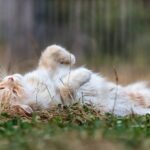Domestic cats, with their playful purrs and silky coats, hold a cherished place in many homes. Yet beneath their cuddly exterior lies a fascinating glimpse into their wild ancestry. Despite being domesticated thousands of years ago, cats have retained numerous instinctual traits from their wild ancestors. This article explores five significant ways in which our feline companions still display their wild instincts, captivating both cat lovers and science enthusiasts alike.
1. The Predatory Drive
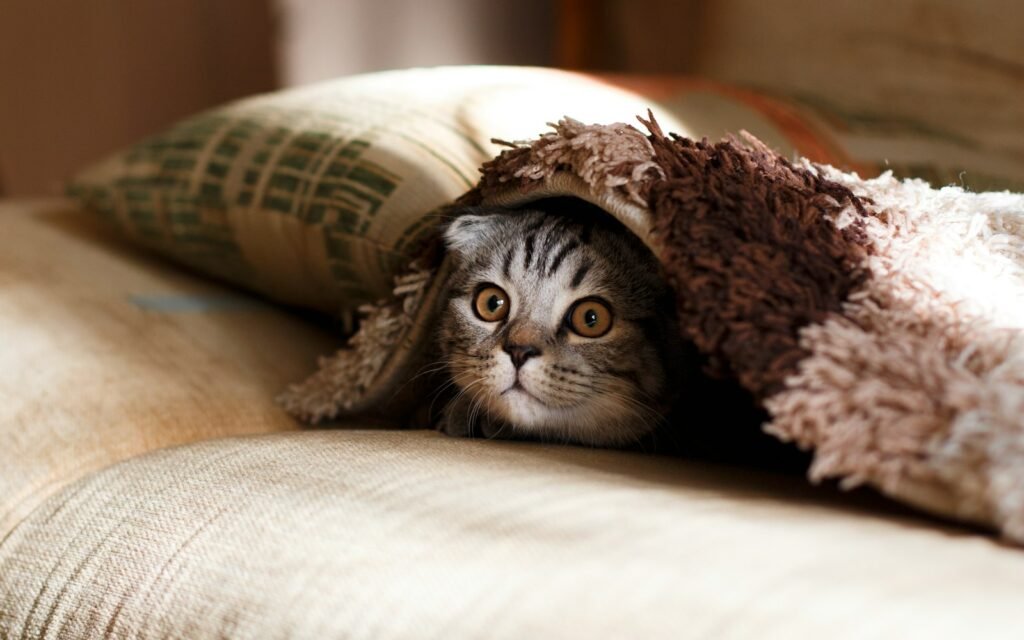
One of the most apparent ways cats connect with their wild lineage is through their predatory instincts. From a young age, domesticated cats exhibit hunting behaviors, such as stalking, pouncing, and batting at toys. These behaviors are descendants of their need to hunt creatures like rodents and birds. Even well-fed housecats will often chase after moving objects, demonstrating that their predatory drive remains very much intact.
2. Territorial Nature
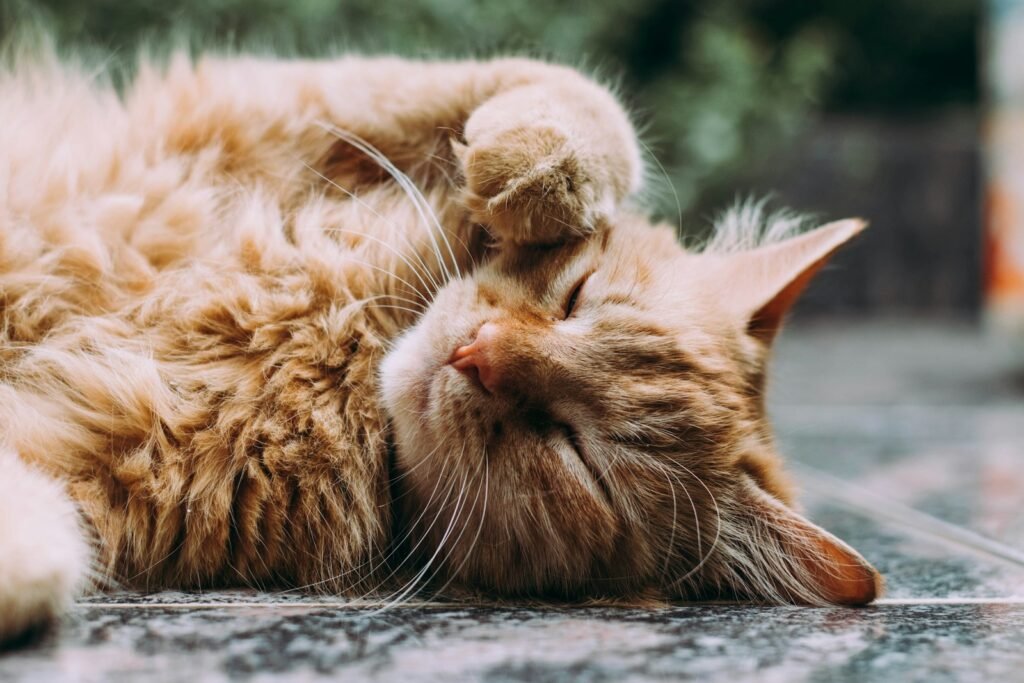
Cats are inherently territorial creatures, a trait they inherited from their wild ancestors. In the wild, territorial boundaries ensured access to resources and prevented conflicts. Domesticated cats continue to exhibit territorial behaviors, such as marking their domain with scent glands located in their cheeks, paws, and tail. They also often patrol their “territory” within the home, making sure everything is as they left it.
3. Nighttime Activity
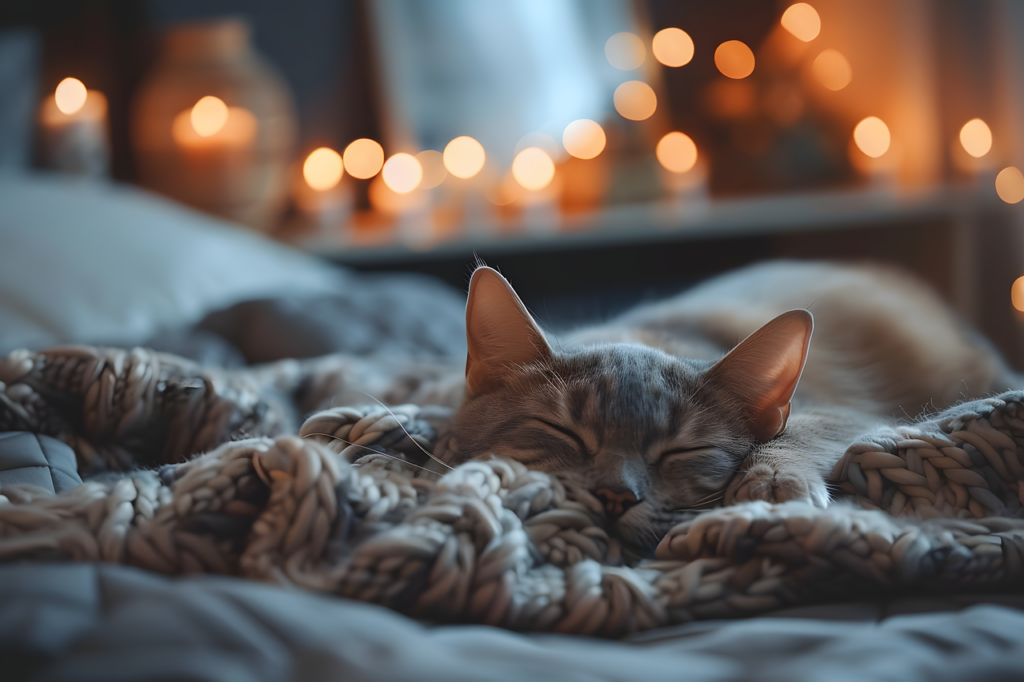
If you’ve ever been startled by a cat zooming through your house in the middle of the night, you’ve witnessed their crepuscular nature. Unlike diurnal humans, cats are typically more active during dusk and dawn — a schedule that coincides with the natural activity patterns of many prey animals in the wild. Domestic cats, though safe and comfortable indoors, maintain this nocturnal and twilight activity cycle, which suggests ties to their origins.
4. Grooming and Scent Marking
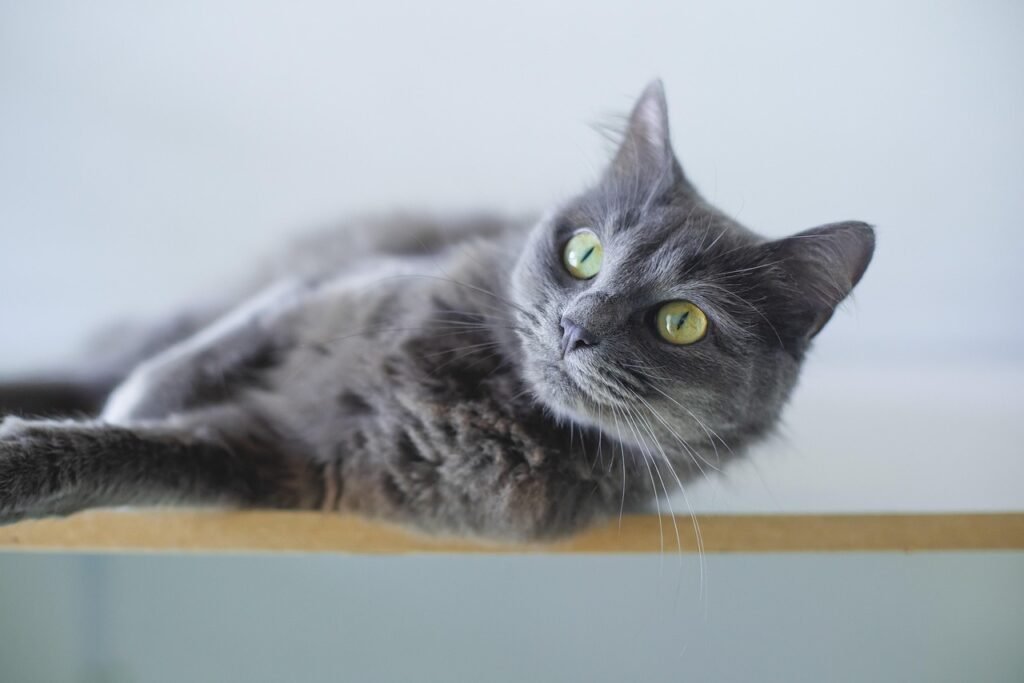
Grooming doesn’t just keep a cat clean; it also serves as an important social and territorial function. Cats in the wild lime themselves to mask their scent from predators and prey. In the home, grooming can also reinforce the scent of their environment, a behavior reminiscent of scent marking as it distributes saliva, which contains familiar personal scents, over their fur.
5. The Urge for High Perches
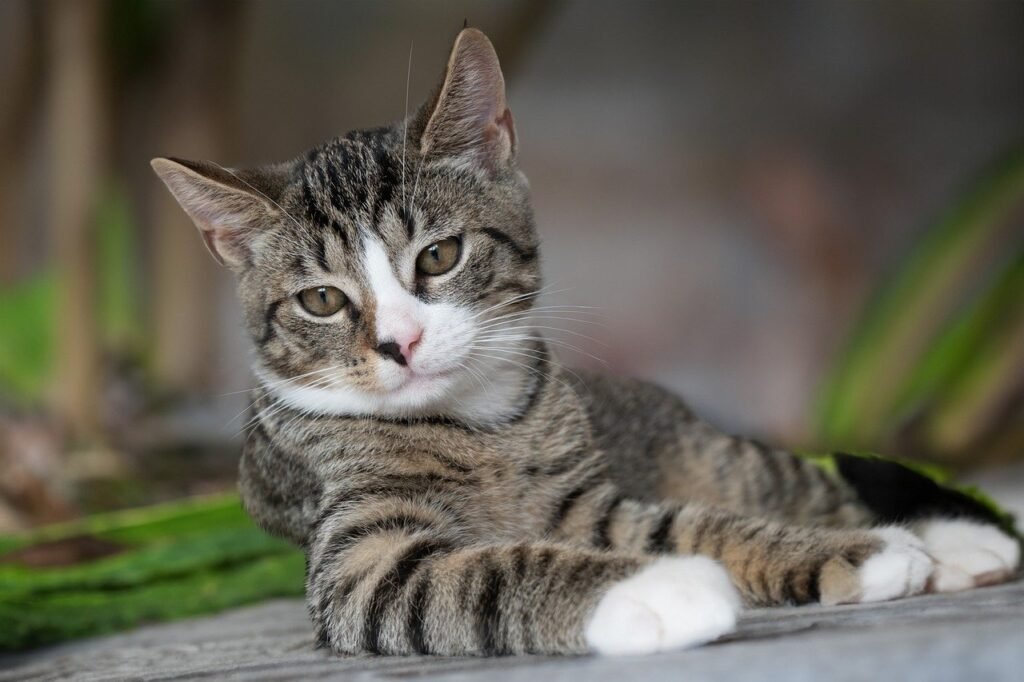
Cats are notorious for their love of climbing and lounging on high perches. This behavior also harks back to their wild ancestry, where elevation provided a strategic advantage. Higher ground allowed wildcats to survey their surroundings for potential prey and predators while staying concealed. Modern housecats continue to seek out high ground, using furniture and shelves to fulfill this instinctual need.
6. Stealth and Silence
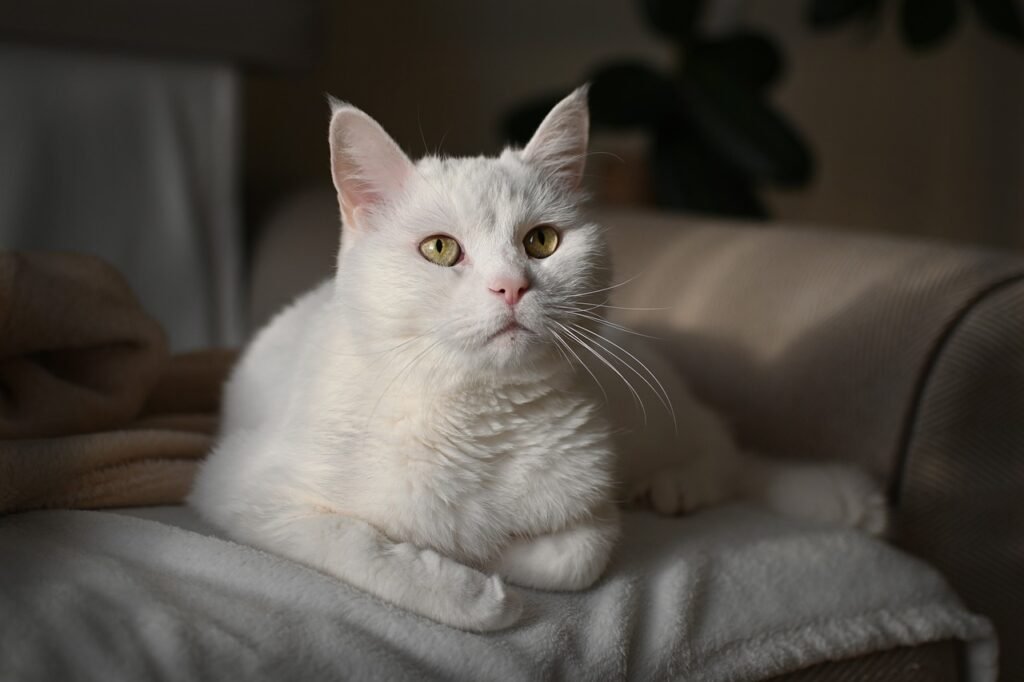
A key skill for a successful hunt in the wild is the ability to move quietly and stealthily, a trait domestic cats have inherited. This behavior is evident as they silently pad across surfaces and carefully navigate around obstacles. This quiet, calculated movement is crucial for both hunting and avoiding larger predators in the wild, and it continues to be a part of the domestic cat’s behavioral repertoire.
7. Solitary Behaviors
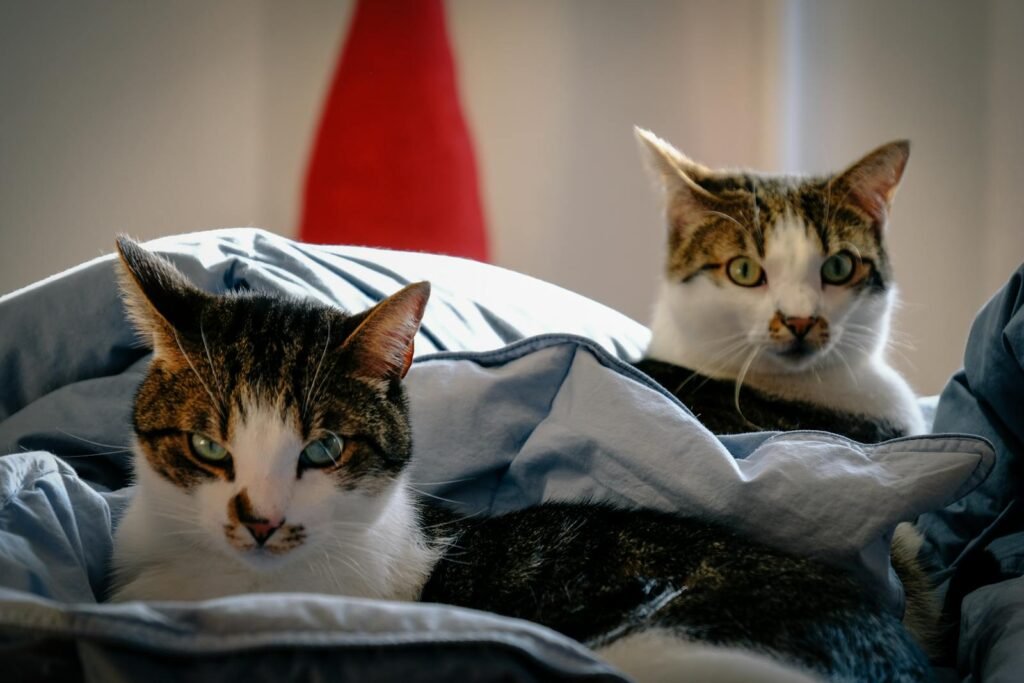
Unlike their canine counterparts, cats are not pack animals and often display solitary behaviors. This is a direct reflection of their wild ancestry, where solitary hunting strategies reduced competition for food. Although many domestic cats are social and enjoy human interaction, they appreciate and often seek out alone time, echoing their wild forebears’ independent streak.
8. Communication Style
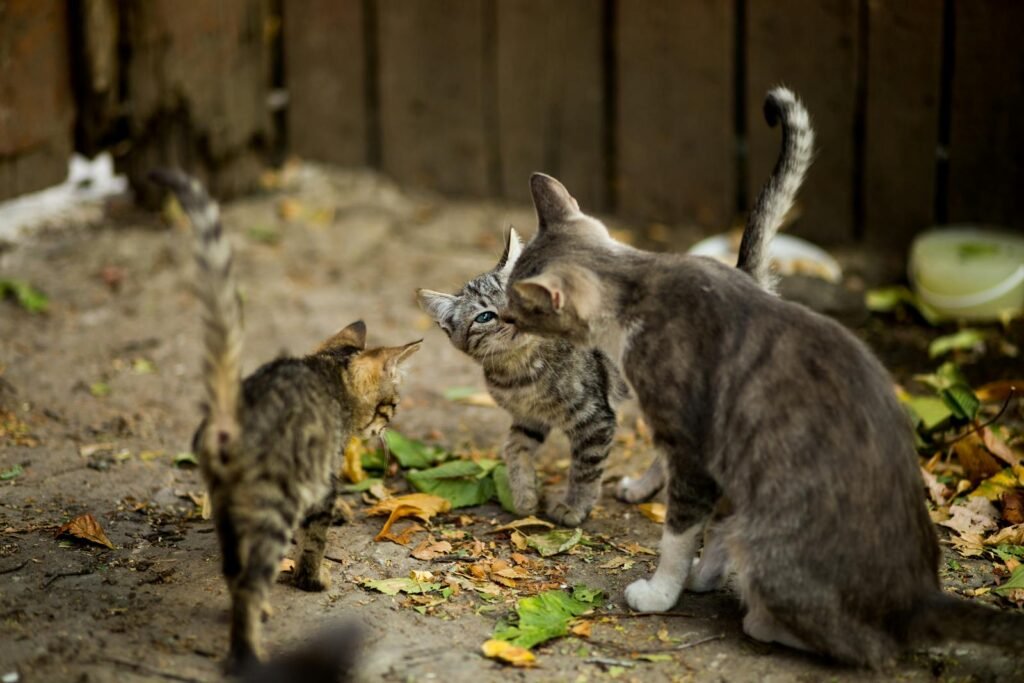
Domestic cats use a range of vocalizations and body language to communicate, many of which have wild counterparts. While meowing is mostly directed at humans, cats still hiss, growl, and purr as ways to communicate distress, aggression, or contentment. In the wild, these sounds serve as critical communication tools to signal danger, attract mates, or soothe themselves.
9. Instinctual Kneading
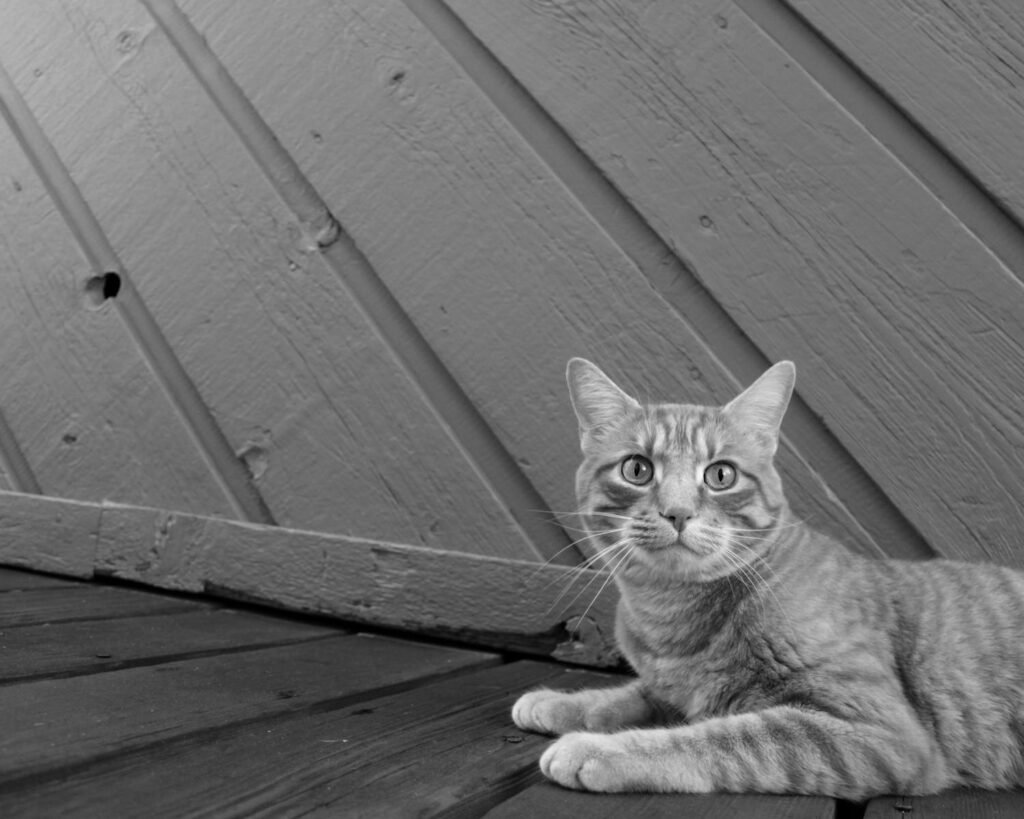
Kneading, the rhythmic pushing of paws into soft surfaces, is an inherited behavior from kittenhood. In the wild, this behavior strengthens the bond between a mother and her kittens and stimulates milk production. Adult cats continue to knead as a comforting gesture that reflects security and contentment, reminiscent of the soothing environment of their early life stages.
10. The Love for Play
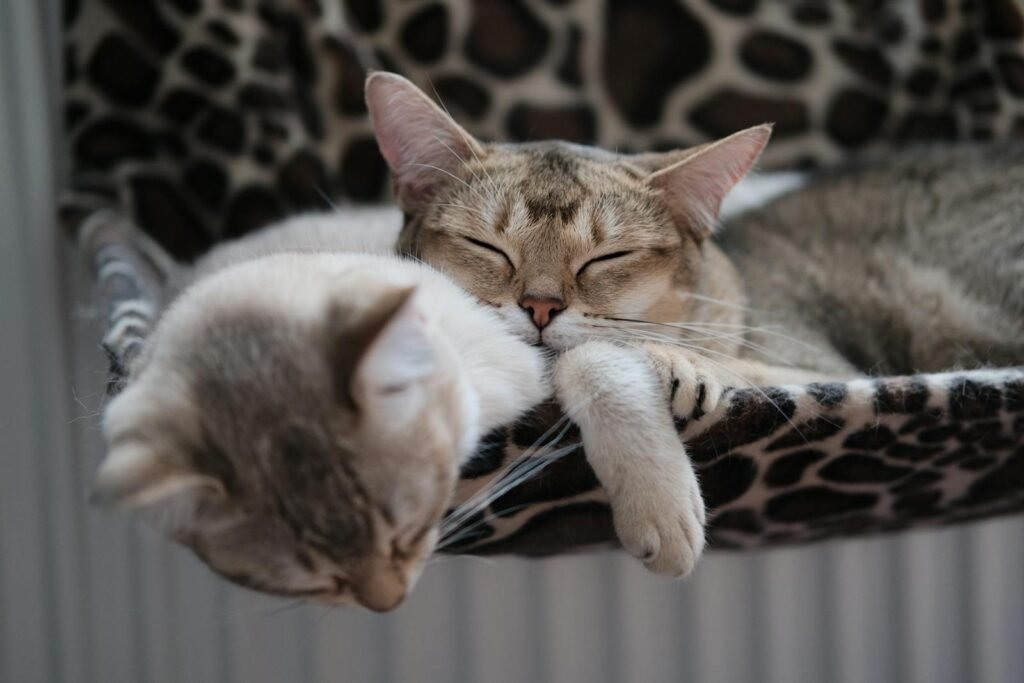
Engaging in playful antics is not just a pastime for domestic cats; it is a crucial element of their instinctual heritage. In the wild, play is essential for developing hunting skills and social interactions. Through play, cats of all ages hone their agility, reflexes, and tactical skills, all of which are critical for survival in their natural habitats.
Conclusion
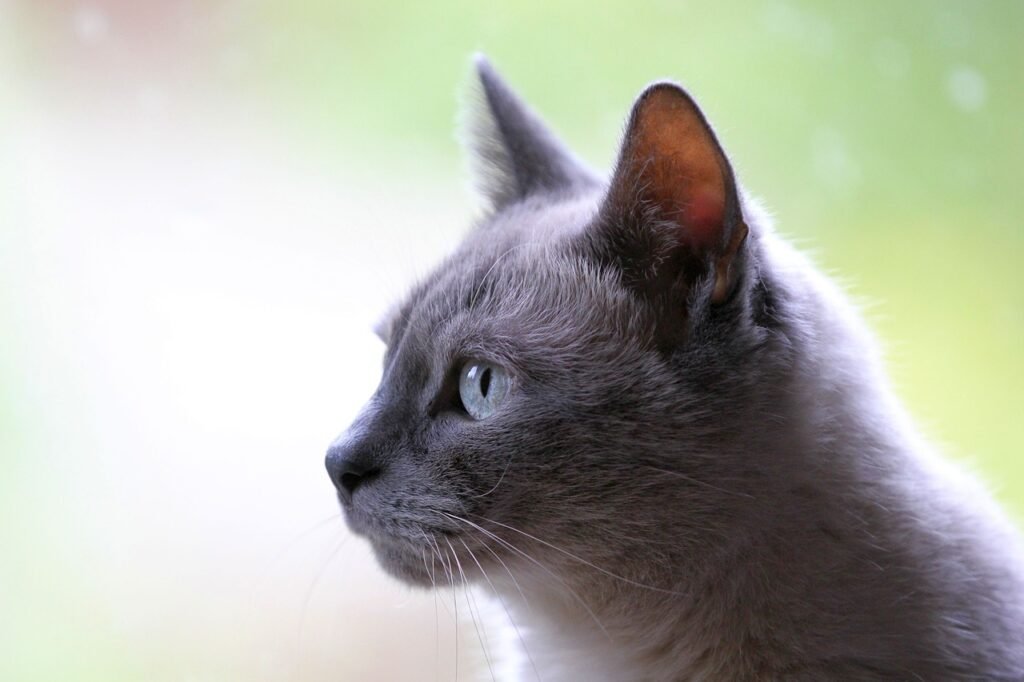
While domestic cats have adapted to indoor life and human companionship, their behaviors reveal a fascinating connection to their wild ancestors. From predatory drives to territorial instincts, these feline friends stay true to their roots, displaying behaviors that are more than mere quirks; they are windows into the past. As we admire and care for our cat companions, understanding their wild instincts deepens our bond with these enigmatic creatures.
Hi, I’m Bola, a passionate writer and creative strategist with a knack for crafting compelling content that educates, inspires, and connects. Over the years, I’ve honed my skills across various writing fields, including content creation, copywriting, online course development, and video scriptwriting.
When I’m not at my desk, you’ll find me exploring new ideas, reading books, or brainstorming creative ways to solve challenges. I believe that words have the power to transform, and I’m here to help you leverage that power for success.
Thanks for stopping by, Keep coming to this website to checkout new articles form me. You’d always love it!




